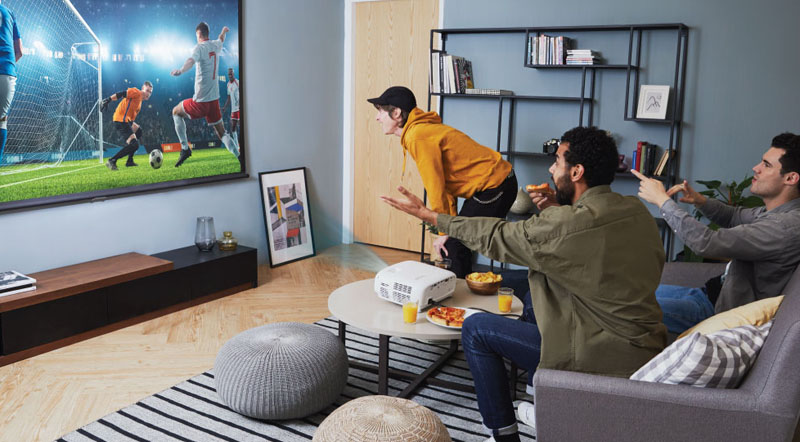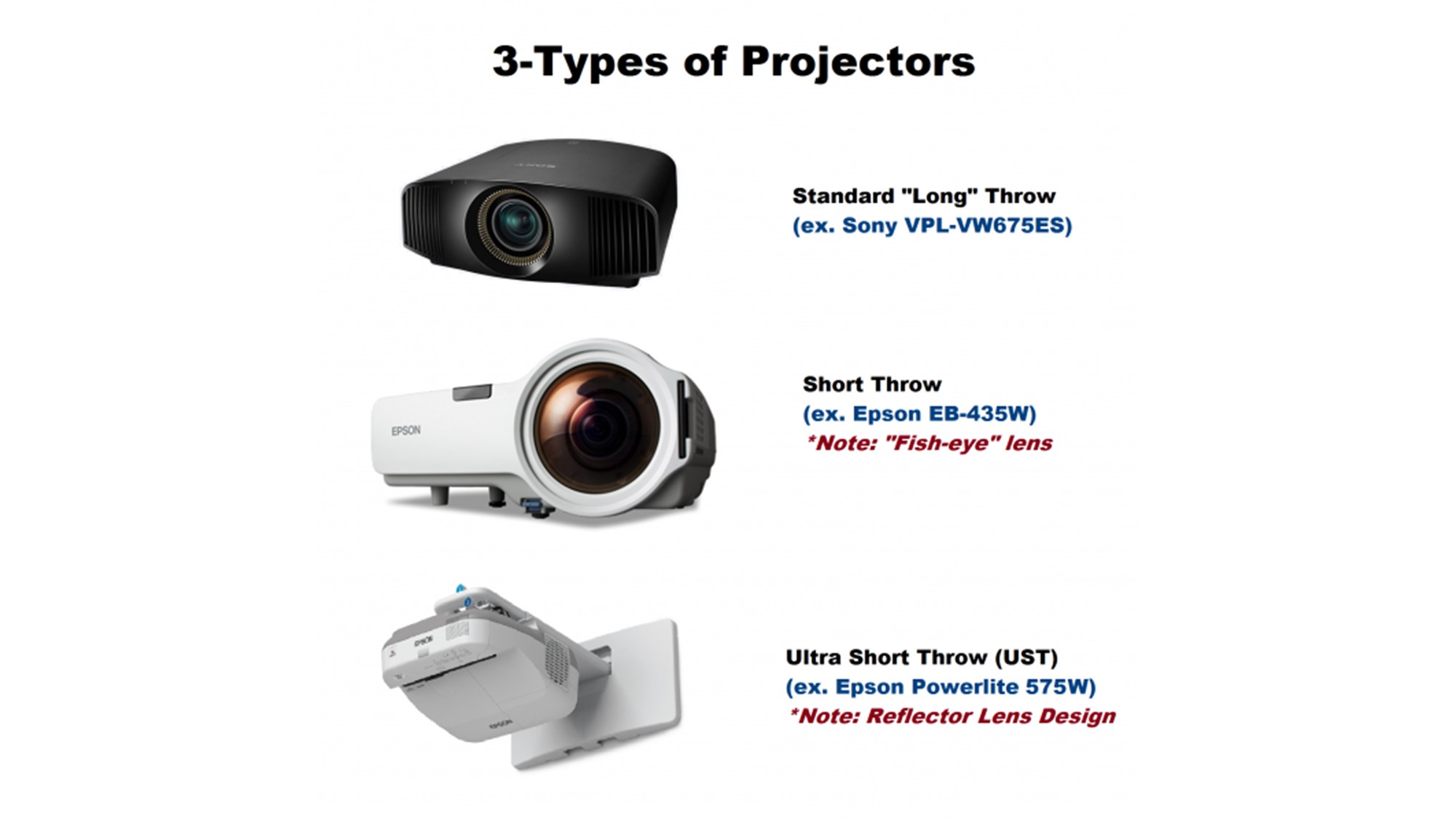Understanding the Science Behind Projector Throw Distance Calculation
Projector Throw Distance Calculation in a Scientific Way
A sound understanding of throw distance calculations is crucial for integrating projectors in offices, educational institutions, and home entertainment systems. Knowing the science behind the calculations is key for using projectors optimally.
A projector’s throw distance is the distance between the projector and the image on the screen i.e. the distance that the image is “thrown” or “projected. The projector position and the size of the image will depend upon your room configuration. Hence, you will need to consider the throw distance and the projector features that will give you maximum placement flexibility.
UNDERSTANDING PROJECTOR THROW DISTANCE
The distance between your projector and screen is a crucial element in setting up your presentation. The basic rule is the more distance you have between the projector and the projection screen, the larger the projected image will be. However, even this is limited as defined by the Inverse-Square Law where the luminosity decreases intensity as the light beam travels further. In other words, the higher the throw distance, the less bright the image will be. If the throw distance is considerable, make sure you have enough output (lumens) on your projector to do so.
BELOW ARE THE 3 BASIC VARIABLES MOST AFFECTED BY THROW DISTANCE:
- Lumens – The brightness of the projector.
- Luminance Uniformity – The projector’s ability to spread an even amount of light over the projection surface
- Picture Resolution – The clarity of the image
Lumens
The correct full name is “ANSI Lumens”. It is the standard measurement of brightness emitting from your projector. Lumens are the units of measure for the amount of light that a projector is reportedly able to produce. The averaged multiple readings of visible light from various angles to determine a standardized unit of measure known as ANSI (American National Standards Institute) Lumens.
BASIC VARIABLES MOST AFFECTED BY THROW DISTANCE
Luminance Uniformity is the process of ensuring how close a projector comes to putting an equal amount of brightness over the entire area of a screen. In other words, full 100% luminance uniformity would be when the projector distributes precisely the same degree of brightness over every measurable reference point on the projection screen.
Resolution really places a limit on the amount of throw distance. As stated earlier, the greater the distance, the more light spreads out. Modern video content is digitized meaning that each picture is made up of a large count of individual points of light called “pixels”.
A LOOK AT PROJECTOR TYPES BY THROW DISTANCES
Long Throw projectors provide very large images, this type of throw is usually from projectors that are installed in the center of the ceiling in a large room.
Short Throw Projectors provide large images while reducing shadows and eye glare, this type of throw is usually seen from projectors either installed on the wall or the ceiling closer to the wall anywhere that is close to where the image will be projected.
Ultra-Short Throw Projectors virtually eliminate shadows and eye glare. This type of throw is seen from projectors installed on the wall, the ceiling nearer to a wall, or a table projecting downwards. Ultra-short-throw projection refers to a distance between 0 to 4 feet away from the projector to the screen.
We’d love To Meet You In Person Or Via The Web!
Main Office: Suite M-01, 512, 3rd Street, Abu Dhabi, UAE
Phone: + 971 2 6767019
WhatsApp: + 971 55 3979668
Email: web@OfficePlusUAE.com





